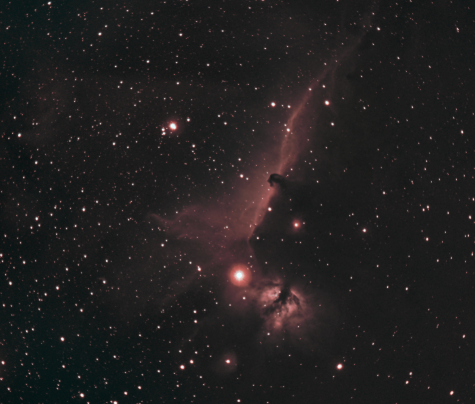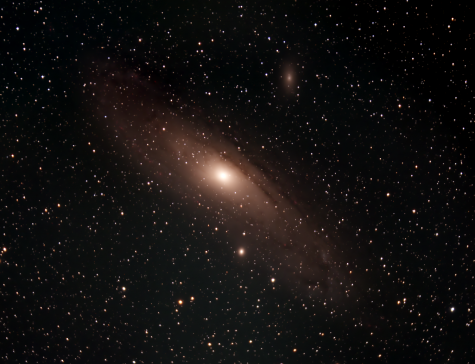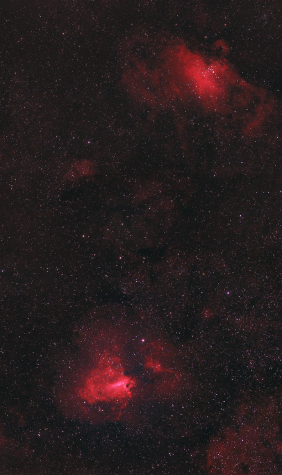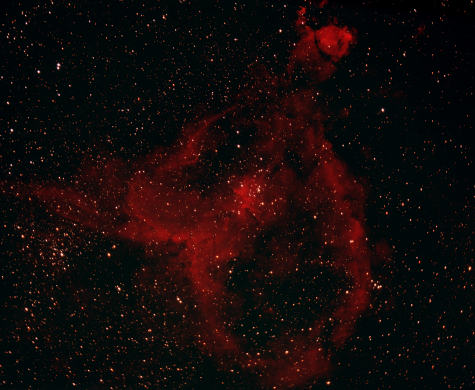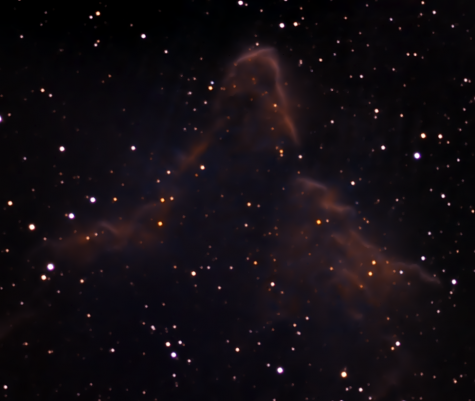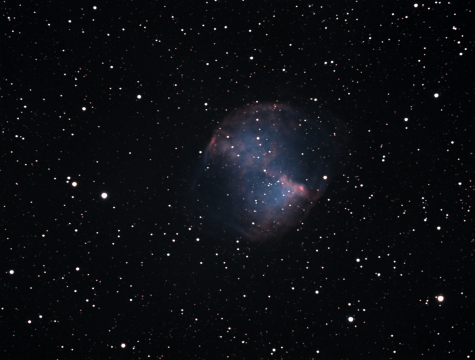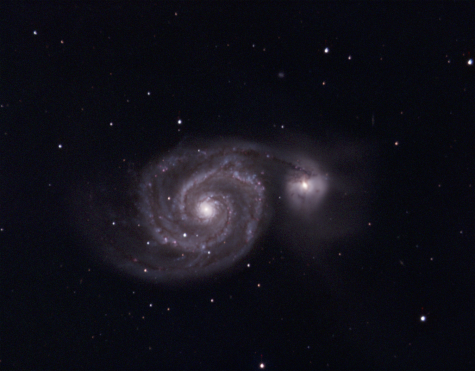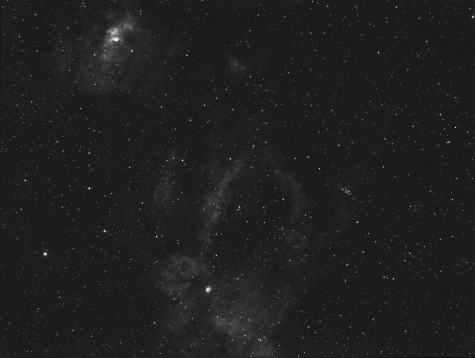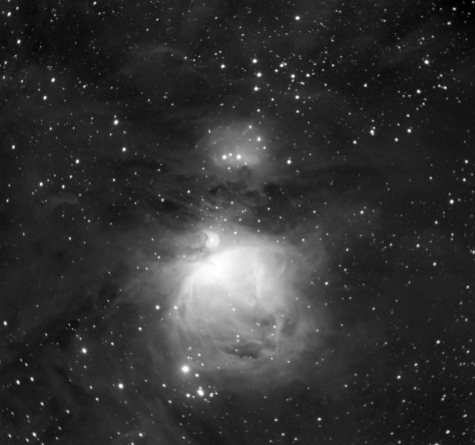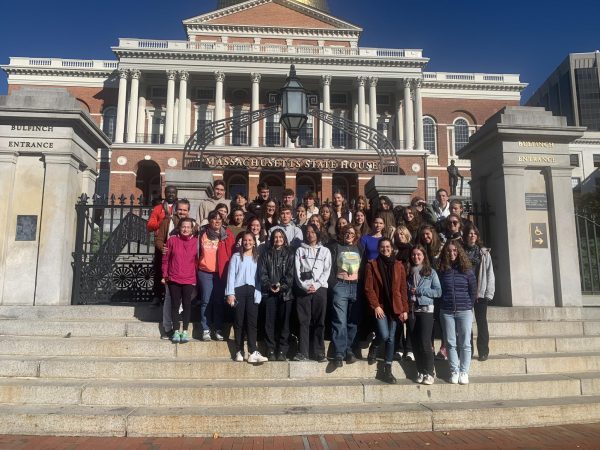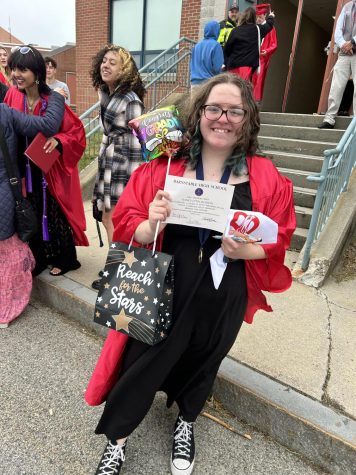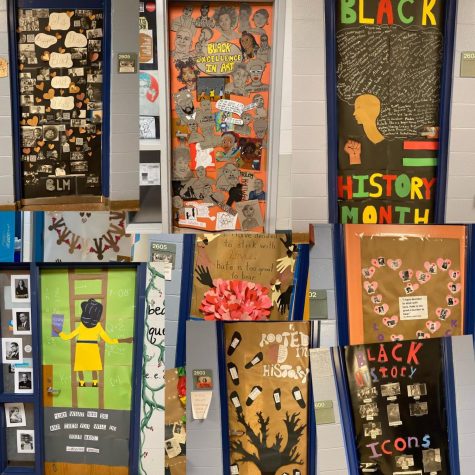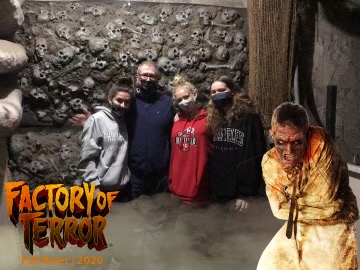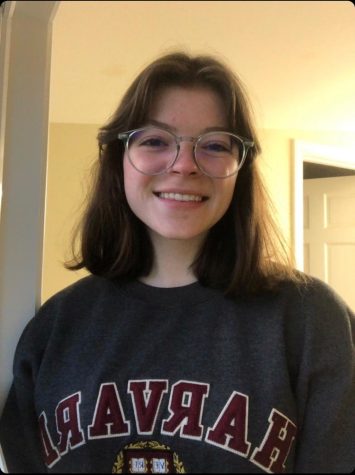Astro Junkies Capture Stellar Photos
(Scroll to the Bottom for Photos)
June 24, 2020
Sitting in the middle of the Cobb Astro Park, there’s thousand dollar equipment that many don’t know exists. Some simply see a tiny building out of the corner of their eyes, but to seniors Wyatt Carbonell and Owen Fournier, the David Cole Observatory is where they’ve spent countless nights manning telescopes and cameras. In their independent study with astronomy teacher Mike Gyra, they learned about astrophotography, something “for the rare bird who truly wants to go above and beyond and who understands that every night in the observatory is going to be a problem solving session,” said Gyra. This year, Jacob Pass is another graduating BHS senior who often worked with Fournier and Carbonell, but did not do it as an independent study class.
Before astrophotography became the primary use for the observatory, it was used mostly to look through the telescope to view relatively close objects in space with the optical lenses placed in the telescope, according to Gyra. He said, “Although it was fun, it was not efficient. It would be like purchasing a Bugatti Chiron Super Sport 300+, the fastest car in the world, and only driving it 30 miles per hour. Once we swapped out the optical lenses and eyepieces with the CCD Camera, our view of the universe changed dramatically.”
According to Gyra, Mike Renzi, a BHS alumnus who now lives in Lakeville, has helped students at the observatory learn about all the technology involved in astrophotography. Renzi is an “avid technology programmer by day, and talented astrophotographer by night,” said Gyra, and Renzi summed up the process in saying “astrophotography is rocket science.”
Carbonell and Fournier learned about the independent study through its past participant, BHS Class of 2019 alumnus Ian Wojtowicz. Though Wojtowicz taught them the basics of using the technology, Carbonell said they learned the majority of what they do now because he figured it out on his own.
The independent study is “focused on astrophotography, the visual documentation of space stuff,” said Carbonell. They try to make things look nice and clear and this past year have also tried to make their work more public and gain public awareness about it.
The study is largely centered around what students want to do with it, which leads to it being “hard, time consuming, and frustrating,” said Gyra. He added, “Yet, when things are clicking, it is the most awesome and inspiring feeling to capture a celestial object millions of light years away in true color and very clear resolution. The telescope is a time machine.”
Wojtowicz only used RBG (red, green, blue) filters to capture images, which creates images from the light created by each color’s wavelengths, according to Fournier, but he and Carbonell realized they could use elemental filters instead which provide much more detail. Fournier said Carbonell did much of the research on specifically which editing programs and software to use.
A lot goes into creating an image of an object, according to Carbonell. They often spend 80 hours a month working on images. The time it takes to create an image can range from 2 hours to three weeks. Gyra said, “Once photons of light are captured by the telescope, everything else needed to produce a celestial image depends solely on computer software and programs.”
They have to normalize data, dealing with cosmic ray hits, atmospheric effects, weird lensing effects from how the mirror’s curved, and temperature effects. Next, they have to take all that data and compare it to see abnormalities, fix them in each individual image, and stack the images to make one clear picture, according to Carbonell.
One particular accomplishment was having their video of a plane crossing the sun during that transit of Mercury featured on the UNILAD Tech Instagram and Facebook. According to Fournier, they were filming Mercury crossing the sun when they captured a plane and its trail crossing the sun as well. “Realizing that we actually got it when we were scrolling through the five hours of video that we captured, that was kind of like an, ‘oh my God’ moment, like we actually got something like that, a once in a lifetime thing,” said Fournier.
Additionally, Gyra sent out the video to the astronomy classes, and someone posted it on Reddit, where UNILAD found it and asked for permission to share it to their accounts which have more than 600 thousand followers.
The other notable shots Carbonell and Fournier have captured were of the Orion Nebula and M42. According to Fournier, the colors were so vibrant in the Orion Nebula and any way they edited them came out really well. Carbonell said, “With M42 I went through nearly 40 drafts and it took about three weeks.”
Many of the challenges Carbonell and Fournier face stem from being on Cape Cod. According to Carbonell, being at sea level forces them to fight through the most atmosphere and being near the ocean creates more clouds, rain, and humidity, all of which can distort an image. He said, “At one point we went a full month and a half without being able to go collect data because there were too many clouds everywhere.”
Gyra also said one of his duties as the advisor is managing making the Astro Park as dark as possible. “Light pollution is not our friend,” he said.
Fournier said that taking the independent study influenced his college interests. Though he had originally looked only at schools with strong meteorology programs, he now is planning to pursue an astronomy or physics major.
Though the study didn’t necessarily change Carbonell’s future interests, it reinforced them. He always enjoyed math and physics, but the draw to astronomy specifically came from the “freeform science” he saw it as. Astronomy is “much more about the process and how it’s made instead of a final product.”
Unfortunately, due to the pandemic, much of Carbonell’s and Fournier’s work at the school has come to a halt. Since the observatory is in the middle of the Astro Park, surrounded by school, it’s especially difficult for them to gain access. “It’s kind of unfortunate that I’ve been held back from it by 10 feet of hallway,” said Carbonell.
Fournier also expressed disappointment that they couldn’t display their work in the main lobby at the high school, as was the plan before the school was shut down. However, Carbonell is hoping to finish some work by utilizing remotely captured images with Renzi’s observatory. “All I care about really is that my work is continuing and our final display will be finished,” said Carbonell.
Though it’s unlikely anyone will work in the observatory as an independent study next year, rising junior Nora Penni will be doing some work with the technology. Gyra expressed excitement particularly because until now, no other female Astro Junkies have tried to take advantage of the David Cole Observatory.
